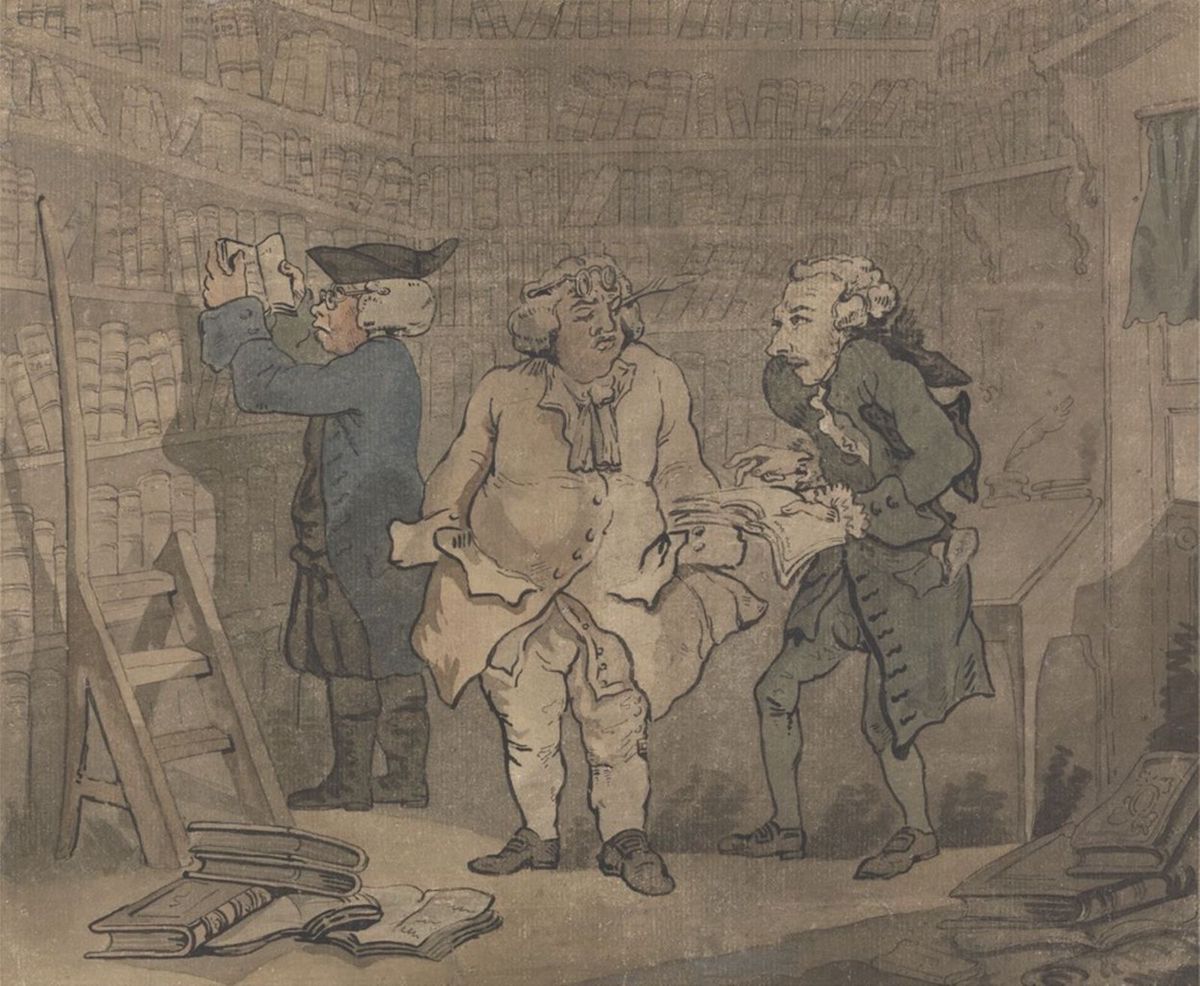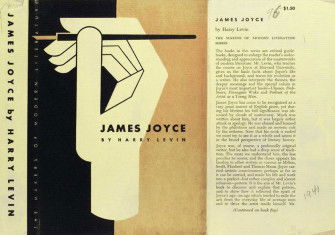‘Reading It Wrong’ by Abigail Williams review
Reading It Wrong: An Alternative History of Early Eighteenth-Century Literature by Abigail Williams argues that misunderstanding popular literature was a sign of its success.

In a radio sketch from John Finnemore’s Souvenir Programme, a secondary-school teacher diplomatically attempts to negotiate the dubious interpretations of Macbeth offered by his students: ‘That’s an interesting reading …That’s a really interesting answer’ – and, at the suggestion that both Macbeth and Lady Macbeth are being sarcastic in their discussion of killing Duncan: ‘Well, I could not be more interested in that answer.’ Only once the lesson switches to maths is the teacher finally free to speak his mind:
‘No that’s wrong, that’s the wrong answer, and I will tell you the right answer, which I know and you should learn! God that felt good!’
As Abigail Williams argues in her new study of early 18th-century literature, despite the ‘death of the author’ and the apparent multiplication of meanings offered by postmodern literary theory, practices of pedagogy still seek – however indirectly and Socratically, like Finnemore’s teacher – to be expert guides that lead readers to the ‘right answer’. In such a context, Williams’ dedication of this book to her students at St Peter’s College, Oxford might seem as double-edged as Alexander Pope’s dedication of The Rape of the Lock to Arabella Fermor (the model for his heroine ‘Belinda’).
The literature of this period, with its pages full of blanked-out names and dense webs of political and topical reference, can make it a particular challenge for students who don’t know their occasional conformists from their Patriot Whigs. Many modern editions assume an ideal 18th-century reader who would have readily picked up on all these references and attempt to replicate this knowledge base through extensive annotations: the Longman edition of Pope’s Dunciad, for example, often drowns a single line of text in a full page of explanatory notes (though the more baffling of these, as Williams explains, were originally supplied by Pope himself in a multi-layered parody of contemporary scholarship).
In her earlier The Social Life of Books, Williams explored some of the ways in which real 18th-century readers could be far from ideal: reading texts in isolated bits, or in the wrong order, or while distracted by other things. Here she examines the ways that even attentive readers might get muddled when faced with difficult texts, tracing the ‘reception history … of readerly confusion and incompetence’ through the evidence of marginal annotations, court cases, letters and diaries. The result is a new map of misreading rich both in anecdote and theoretical argument.
Reading It Wrong draws analogies between the print expansion of the early 18th century – when an explosion of new books encountered an ‘unknowable and unpredictable mass audience’ of new readers – and the acts of misunderstanding and ‘context collapse’ that can often occur in our own digital age. Williams describes Daniel Defoe falling foul of ‘Poe’s Law’ not once but twice in his career, by writing satires of religious or political extremism so convincing that they were mistaken for the real thing. Despite ending up in prison and the pillory for his trouble, Defoe ultimately claimed that his pamphlet The Shortest-Way with the Dissenters was a triumph: an act of trolling that successfully bamboozled all sides. As the Lord Chief Justice sternly warned Defoe in his second sedition trial, however, ‘banter’ was not an adequate defence: ‘These are no Subjects to be play’d with.’
Instances where someone claims that ‘every Body alive knows whom I mean’ by a personal satire – despite many readers finding different ways of filling in the blanks – also recall the problems of ‘subtweeting’ or ‘vagueposting’, especially when they escape one’s immediate circle. Those of us who spend too much time on social media have become as adept at untangling such veiled references as the patrons of 18th-century coffeehouses must have been – but we still sometimes get it wrong, or mistake irony for earnestness.
Such instances of misreading, in Williams’ account, can be affected by gender and class. Female readers were mocked for not knowing Latin or thinking that ‘lucubrations’ meant ‘lubrications’ and thus must be something smutty, while Jonathan Swift claimed that a provincial audience 20 miles from London would never understand the jokes in the Dunciad. However, this was not always a straightforward binary of elite and non-elite readerships – the main difference that Williams notes is between those who express doubt about their interpretations and those who are willing to be confidently wrong. And what readers fixated on could be unpredictable: even someone apparently in-the-know might be less interested in the political applications of a satire than in completing words like ‘F-rt’ and ‘Sh-te’, while the owner of one pornographic text focused exclusively on correcting its grammar.
All of us, experts and students alike, are capable of making mistakes. When I occasionally found myself quibbling with some of Williams’ readings (does ‘his father’s testament’ really refer to a Bible or a will?), I wondered if this was part of the point. In a preface to his variorum edition of Shakespeare, Samuel Johnson described all of scholarly labour as an endlessly circular discovery of each other’s errors:
‘The opinions prevalent in one age, as truths above the reach of controversy, are confuted and rejected in another, and rise again to reception in remoter times. Thus the human mind is kept in motion without progress.’
Another kind of ‘motion without progress’, however, is a game. Williams concludes that conferring over difficult texts in the 18th century often served as a form of social bonding, like solving a puzzle together – regardless of whether the solution was ultimately ‘right’ or not. Could the literary critics who appoint themselves as referees really be having as much fun as the players?
-
Reading It Wrong: An Alternative History of Early Eighteenth-Century Literature
Abigail Williams
Princeton University Press, 328pp, £30
Buy from bookshop.org (affiliate link)
Natasha Simonova is a writer and researcher of 18th-century literature based in London.






